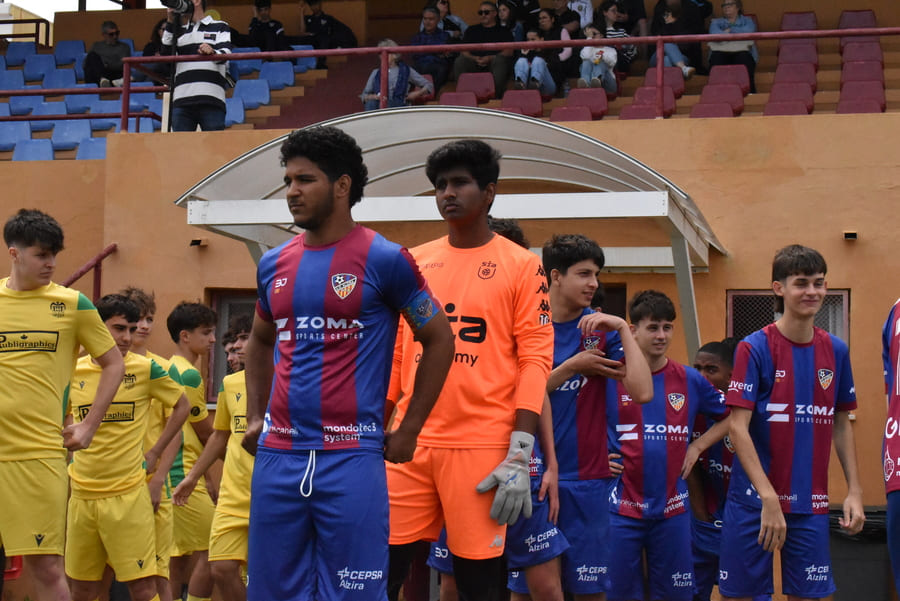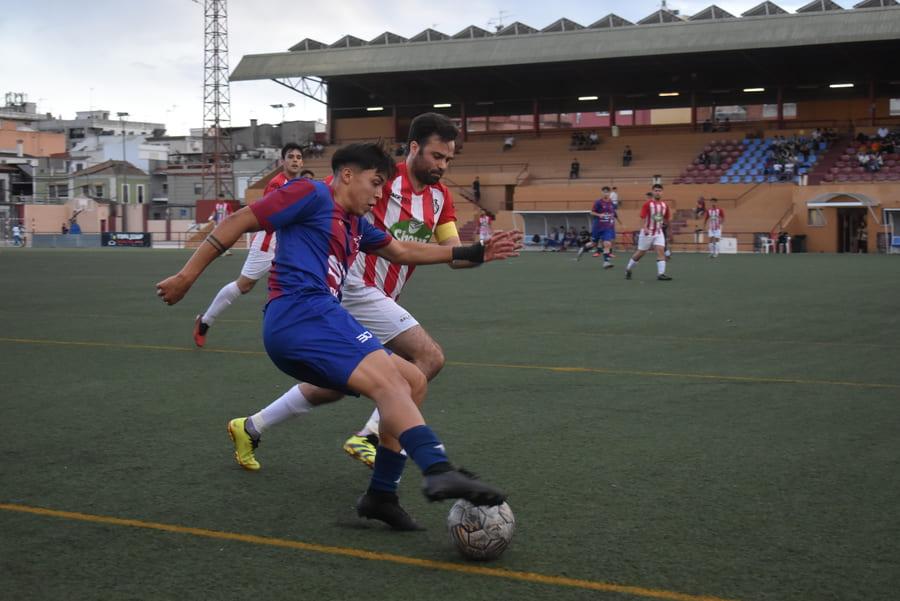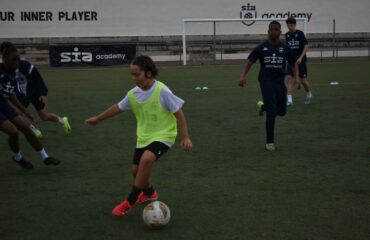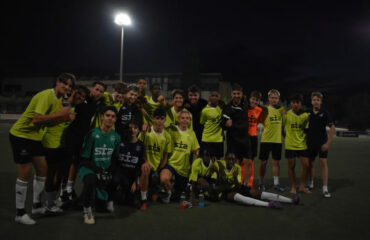In football, as in life, statistics tell part of the story, but not all of it. A key pass, a recovery in the opponent’s half, or an off-the-ball movement that drags a defender away and frees space for a teammate often go unnoticed by traditional metrics. However, it’s these small decisions that can change the course of a match. And it’s precisely there where academies like SIA Academy place their focus.
While cameras and analyses concentrate on goals, assists, or shots on target, coaches and scouts with a keen eye know that real football happens in the shadows. It is in that tactical universe where a player, even without touching the ball, can make the difference.
“Sometimes the most decisive player in the match is the one who doesn’t appear in any stat,” says José Luis, coach at SIA Academy. At the academy there is intense work focused on detecting and enhancing that type of tactical intelligence that can’t be measured by numbers.
Table of contents
Invisible decisions, real impact
A quick recovery, well-directed pressing, or even a choice not to intervene can be decisive. Think of a winger who chooses not to dribble but instead plays the ball back to reorganize the attack. For many spectators, it’s an irrelevant action; for the team, it’s control, structure, and preparation to attack with greater clarity.
At SIA Academy, these kinds of choices are trained every day. The training approach is oriented toward developing complete players—not just physically prepared, but with the ability to read the game, anticipate situations, and make smart decisions.
“Talent without decision-making is useless. We train the mind as much as the body,” concludes José Luis.

The value of context
Data might tell us how many passes a midfielder completed, but it doesn’t tell us whether those passes broke lines, whether they took risks in dangerous areas, or if they played safe to maintain control. Context transforms the meaning of every action.
For example, a tactical foul might seem like a simple infraction, but if it prevents a dangerous counterattack, it could be the most valuable play of the game. Similarly, a blind-side run that causes confusion in the rival defense rarely appears in stat reports, but can be the trigger for a goal.
SIA Academy analyzes football through that lens: the lens of deep understanding of situations. With video analysis technology and coaches trained in modern methodologies, they teach their players to think the game in real time.
Developing players who understand football
Football has evolved, and having good technique or speed is no longer enough. The modern player must have vision, tactical discipline, and above all, the ability to make decisions under pressure. That can only be acquired through specific training and guidance.
During SIA Academy’s sessions, coaches simulate real match scenarios where players must make quick and effective decisions, in small spaces and with multiple stimuli. The idea is not only to execute well, but to choose the best option among several.
That’s where the difference lies between a good player and a decisive one. Because it’s not just about doing it right—it’s about doing it when it matters most.

Silent leadership
There are also decisions that go completely unnoticed, like encouraging a teammate after a mistake, correcting a defender’s position, or calling for calm when the game gets chaotic. That invisible leadership doesn’t appear on stat sheets, but it is vital for team cohesion.
At SIA Academy, these behaviors are also valued. A team culture is fostered in which every player has a role beyond what they do with the ball. Emotional development and interpersonal intelligence are part of the training process.
Beyond the goal
The obsession with goals and assists often leads us to overlook the true fabric of the game. A match is built on hundreds of micro-decisions, many of which don’t end in goals, but are just as important.
SIA Academy understands football as a whole. It doesn’t just develop scorers or solid defenders; it forms complete players, with vision, capable of changing a match even if the cameras don’t catch it.
Because in the end, football isn’t always won by the one who runs the most or shoots the most, but by the one who best interprets the game, the one who makes the right decision at the right moment.






